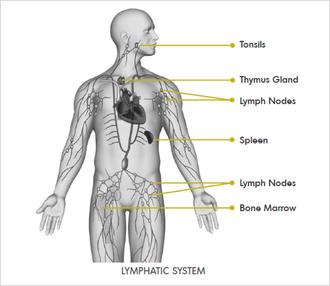National University of Medical Sciences (USA) offers a number of online as well as on-campus degree programs in osteopathic manual practice, physical therapy, botanical medicine, athletic therapy, massage therapy and healthcare business administration.
We offer unique,
innovative & affordable health related education (tuition from $3,850 per
semester) that is applied, practical & clinically relevant. Our graduates
are eligible to work in all countries including USA (all states) & Canada (all
provinces).
NUMSS (USA) alumni are eligible to join a number of organizations as members
including the American Physical Therapy Association (APTA), International
Osteopathic Association (IOA), Society of Osteopaths of Canada, International
Board of Certified Athletic Therapists, Human Factors & Ergonomics Society,
National Herbalists Association of Australia, British Herbal Medicine
Association, The British Association of Sport & Exercise Sciences, Sociedad
Española de Fisioterapia en Pediatría, The Association of MBAs in Canada, Le
Collège des Ostéopathes Canadiens, International Osteopathy Examining Board,
Council on Manual Osteopathy Education, Alliance Canadienne de Médecine
Alternative, Regroupement des Intervenants et Thérapeutes en Médecine Alternative,
College of Osteopathic Manual Practitioners of Ontario, Canadian Manual
Osteopathy Examining Board, Ontario College of Osteopathic Rehabilitation
Sciences, Ontario Osteopathic & Alternative Medicine Association, &
Ontario Association of Osteopathy & Natural Medicine amongst many other
associations.
NUMSS (USA) instructors and professors are highly qualified and come from all disciplines and health backgrounds to bring you a rich learning experience. Their applied teaching methods ensure a blend of strong clinically related practical knowledge, providing students with in-depth understanding in a nurturing and dynamic environment.



